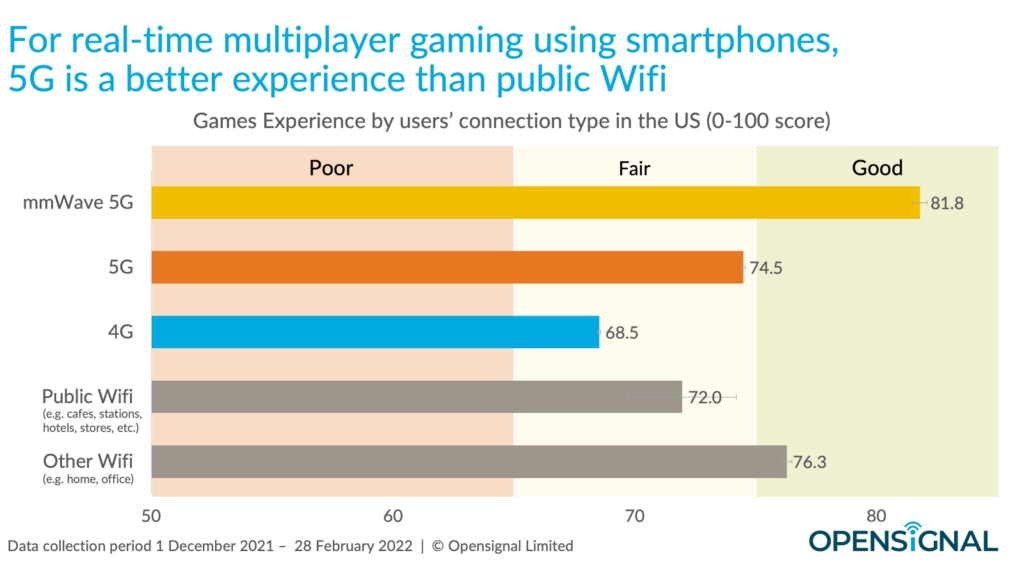Finding New Ways to Connect Technology and the Human Body
Exploring the integration of the human body with technology has vast potential in the fields of health and entertainment. A groundbreaking development in the form of “electric plastic” could pave the way for self-powered wearables, real-time neural interfaces, and advanced medical implants that seamlessly merge with our bodies.
While there have been significant advancements in wearable and implantable technology, most electronic materials are rigid, toxic, and not easily adaptable. The emergence of “soft electronics” presents a promising solution, but durability, power efficiency, and ease of production remain major challenges.
Organic ferroelectric materials, such as polyvinylidene fluoride (PVDF), show promise due to their stable electric field orientation and ability to mimic conventional computer bits. However, PVDF’s limitations in terms of electrical breakdown and high voltage requirements have hindered its widespread adoption.
In a recent study published in Nature, researchers at Northwestern University have demonstrated a novel approach to enhance PVDF by incorporating peptides. This innovative combination reduces power consumption, improves heat tolerance, and opens up possibilities for direct electronic-body interfaces.
The team utilized peptide amphiphiles to connect with PVDF, forming flexible ribbons with enhanced thermal resilience. The material exhibited superior performance at high temperatures and lower voltage requirements for polarization switching, making it ideal for various applications.
Notably, the biocompatibility of the “electric plastic” opens doors for diverse uses, including vital sign monitoring devices, flexible implants, and biologically interactive systems. Despite the environmental concerns associated with certain chemicals used in the fabrication process, the potential benefits of this technology are substantial.
While scalability remains a challenge, the transformative impact of this innovation on the convergence of technology and human physiology is undeniable. With further development and implementation, this advancement could revolutionize the relationship between our bodies and technology.
Image Credit: Mark Seniw/Center for Regenerative Nanomedicine/Northwestern University



